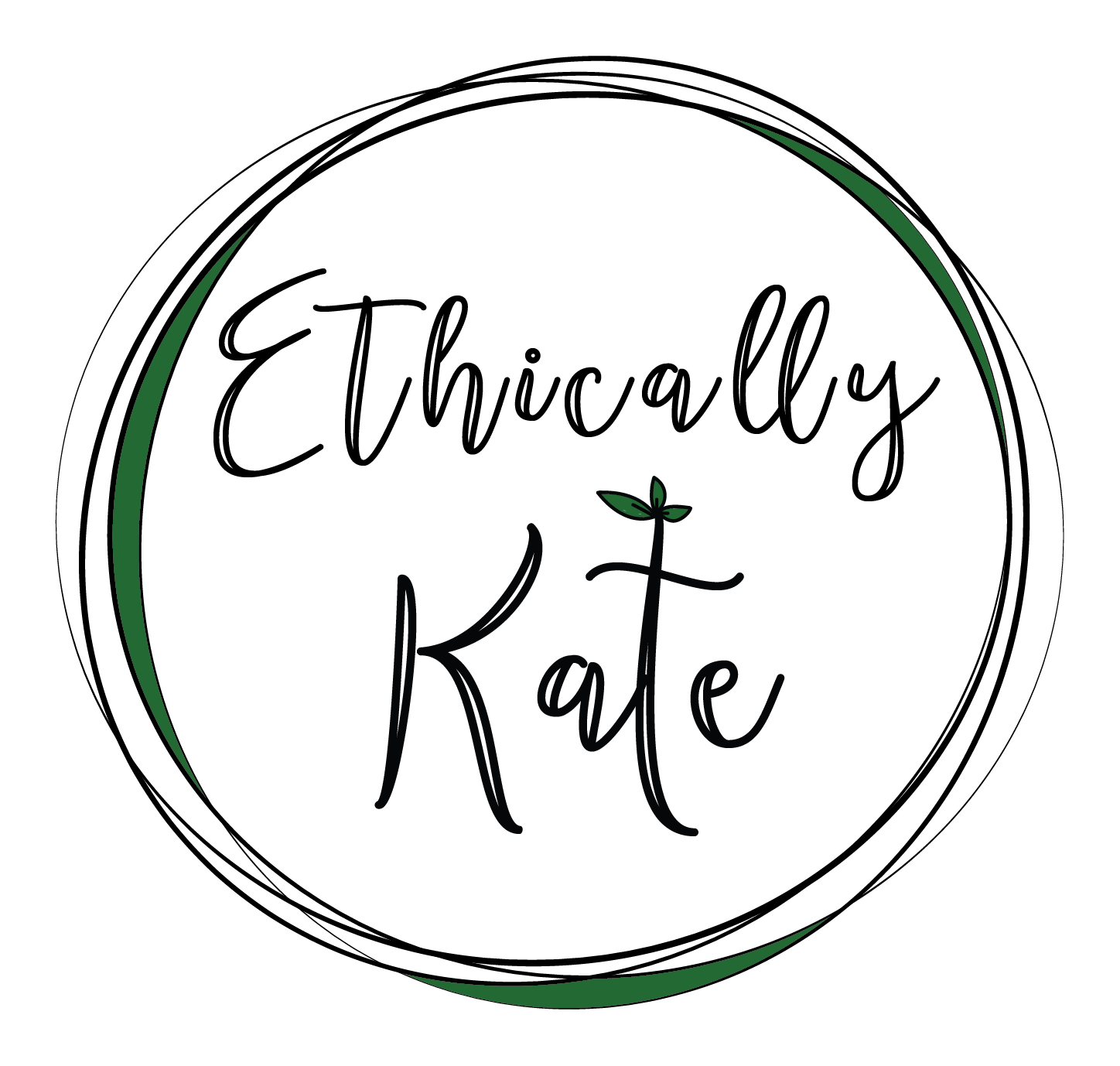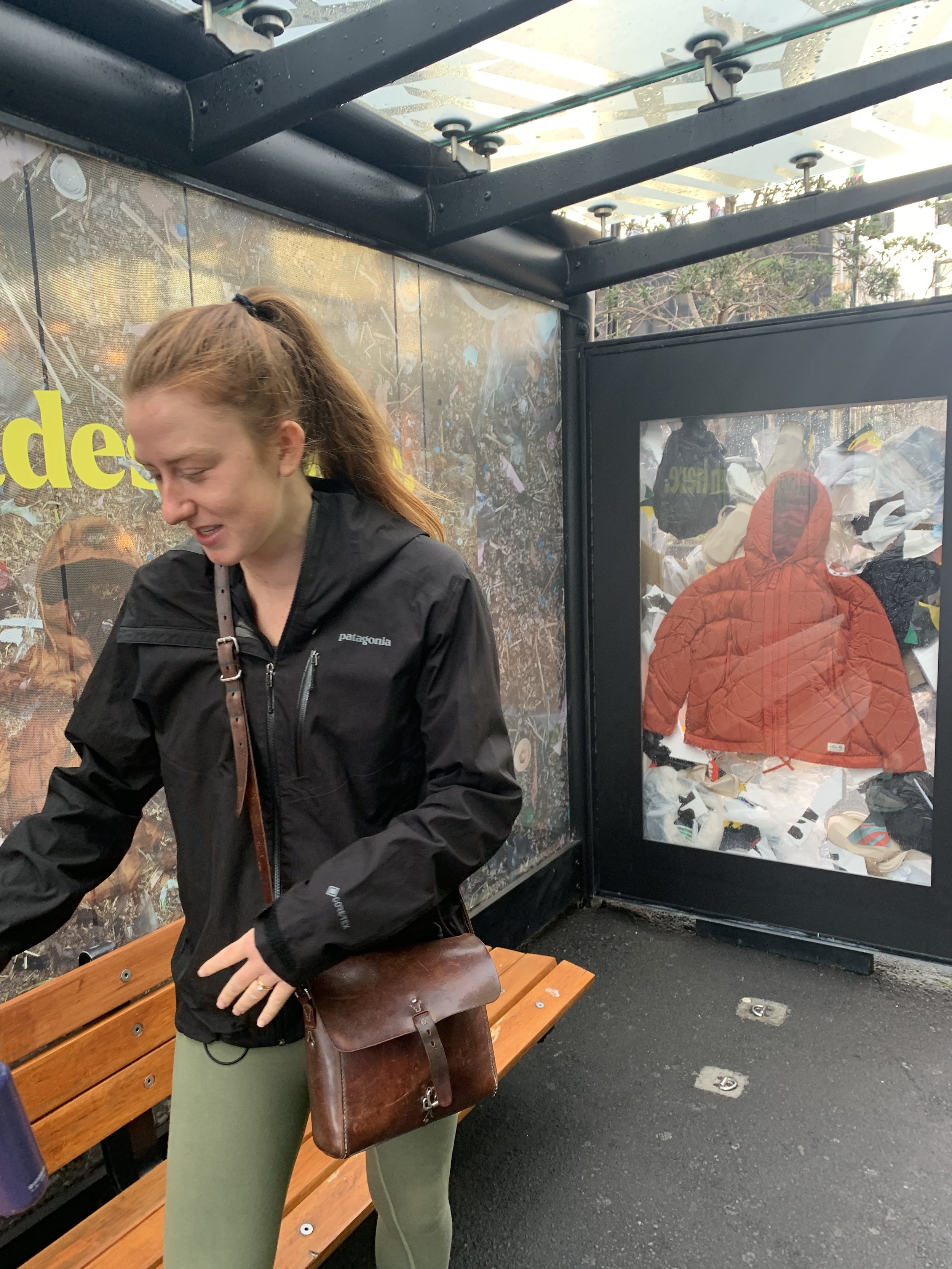Why I Will Never Buy The Kathmandu BioDown Jacket
I’m not one to dwell on the negatives. I see other climate activists throwing companies’ names under the bus every day, shouting at people in the streets, and posting about natural disasters every second. That’s not my style. But when I saw Kathmandu’s BioDown Jacket advertised all over bus stops, billboards and every nook of the internet, an uncomfortable feeling grew in my stomach. Then when I began fielding multiple messages from individuals across Aotearoa New Zealand and Australia asking ‘Is this jacket legit or greenwashing?’, it became clear it would be an injustice for me to address this uncomfortable feeling in private.
So I dug deep and went public.
I enlisted the help of my researcher, Stef, to look into the jacket before posting my thoughts in a reel that made my phone hot from all the action and has so far been seen by 213K+ people and liked by 5,000+ too. This is the key information we shared:
What we know about the jacket
1. The jacket is made from Nylon 66. Plastic. Plus an additive.
2. The inner of the jacket is 80% duck down, and 20% feather.
3. Kathmandu's claims that the jacket is 'biodegradable' mean that the jacket will break down by at least 86.6% over 3 years ONLY if it's in a very specific environment which is unlikely to be found in most landfills. If you put the jacket in your curbside waste bin, it's highly likely it will not reach the optimum conditions required for it to break down.
4. When asked, Kathmandu did not give a clear definition of 'biodegradable' or 'biomass' other than 'it is all organic' - although we know the jacket is made of nylon (not organic).
5. Kathmandu does not disclose information about the additive used in the nylon that apparently makes this degradation process speed up from 50 years to 6 years. But again, in this case, it seems biodegrade means to 'break up' into lots of little pieces of plastic rather than 'capable of being decomposed by bacteria or other living organisms’.
6. The jacket is $599.98NZ. That is $150 more than a Kathmandu jacket of a similar style.
I concluded my reel by stating ”I believe this jacket is an epic greenwashing stint.”
Note: greenwashing = when a company spends more time and money telling the world they are sustainable rather than actually making a notable sustainable change or difference. Greenwashing is a communication and marketing strategy that preys on people’s genuine desire to do the right thing for the planet.
Two days later, I received an email from Kathmandu asking me if I was interested in a conversation with their ‘technical experts’. They wanted the opportunity to ‘hear more about some of my concerns’. To be honest, I didn’t want to. I knew I wouldn’t learn anything new from them because my main concern about the BioDown Jacket is the way it’s marketed: a blatant image of a jacket sitting in landfill - no matter what else I learnt about the jacket, this wouldn’t change. I lead a full life and it was also my turn to dance with COVID, but when I mentioned this email to my husband, Tim, he said “do it. You owe them a moment to explain themselves plus you can represent the thousands of people who want answers.” He was right. So I booked a meeting.
I arrived for our 1-hour meeting on a Thursday afternoon. Approximately 6 people popped up on my screen. The General Manager, Head of Product Innovation, Marketing and Communications experts arrived virtually, on their very best behaviour, to talk to this vocal ‘influencer’ who was causing a little havoc.
As usual, I was polite but direct. As suspected, I didn’t learn anything new about the jacket.
You’ll hear more about this meeting in the next section of this blog, but at the end of our conversation, I concluded with something like this: “Thank you for meeting with me today. I appreciate you taking the time to talk with me. I still stand by my words in the reel I posted and I truly hope you have learnt a lot from this campaign.”
After research, discussion with the team themselves, and a few weeks of mulling over it, I’d like to hang this BioDown jacket up and head back to spending my free time on more positive projects. But before I do that, I will conclude by clearly explaining why this jacket bothered me so much. I’ve had some people tell me I was ‘bullying Kathmandu’. I’ve had others send me different examples of brands releasing products, urging me to ‘out them’ online and expose their greenwashing. Both extremes have made it clear I need to elaborate on why I shared the reel about Kathmandu.
My 3 key issues with the Kathmandu BioDown Jacket:
1. The main image that most people see is a picture of a jacket sitting in landfill.
As someone who’s been trying to push the message ‘wear what you have’ and ‘stop treating your clothes like they’re disposable items’ (I literally talked about this in a TEDx talk) for a long time, this campaign feels like a kick in the face. I would have been way happier if Kathmandu had released a classic nylon jacket, called it what it is, and spend all their marketing budget (honestly, this budget must have been HUGE because that jacket was, and is, everywhere) on encouraging people to repair it and keep it in our resource pool for as long as possible.
2. Kathmandu was doing cool things until this point.
During my meeting with Kathmandu, the team assured me that their intent is for the jacket to be worn as many times as possible and repaired before ending up in landfill. We all agreed that landfill should be the last resort for a garment. So I stopped and said “I absolutely agree with you. But can you see how this campaign completely contradicts everything you’re assuring me of?”
Up until this jacket, Kathmandu had a lot of my respect. They are a certified B Corporation, have a solid 5-year sustainability plan, and have implemented chat systems throughout their factories which enable workers to contact Kathmandu directly if there are workplace incidents. I’ve worked with them before to share home composting information to their audience and I own Kathmandu garments. This campaign was a huge backward step for Kathmandu in my opinion.
They said themselves in the meeting that trust is a huge value for them and something they strive for within their customers. I replied, “unfortunately I think you’ve lost a lot of trust due to this product.” My own trust included.
I am often critiqued by other sustainable fashion advocates and fellow environmental activists for working with and praising large companies, like Kathmandu, who aren’t doing everything but are changing things slowly. I believe in ‘you get more of what you celebrate’ so I try my best to hero large brands when they do something epic, even though they have so much to work on.
But this is not a small change or a step forward. The basic values of sustainability have been missed out and it baffles me that this campaign passed through (probably) hundreds of people without being stopped or adjusted.
3. The jacket is $150 more than a normal jacket.
The myth that a sustainable lifestyle costs more than a mainstream one must be busted. But this jacket continues to perpetuate the idea that it does. I believe that if a person truly embraces a zero waste and sustainable lifestyle, you will save money, buy less, and use what you have.
I feel sick thinking about someone spending an extra $150 of their hard-earned dollars on this jacket because they want to do the right thing for the planet. Making people feel good about a purchase because it's 'earth-friendly' is not okay - and it doesn’t help everyone’s efforts to help the public understand that sustainable living can be more affordable!
To conclude, and as I said in my reel, I believe this jacket is an epic greenwashing stint. I applaud so much of what Kathmandu is working on in terms of sustainability but this jacket disappoints me deeply. To their credit, I genuinely believe they’ve learnt a lot from this and I felt hopeful after the meeting. Time will tell whether that is true or wishful thinking.
I hope Kathmandu stop there with their BioDown range and realise consumers know (and deserve) better. Three other sustainability experts and consultants, my mates, have had identical conversations with them plus the feedback on the jacket on social media is largely negative. I’ll be watching to see how Kathmandu use these learnings going forward.
I think we’ll all be watching.


